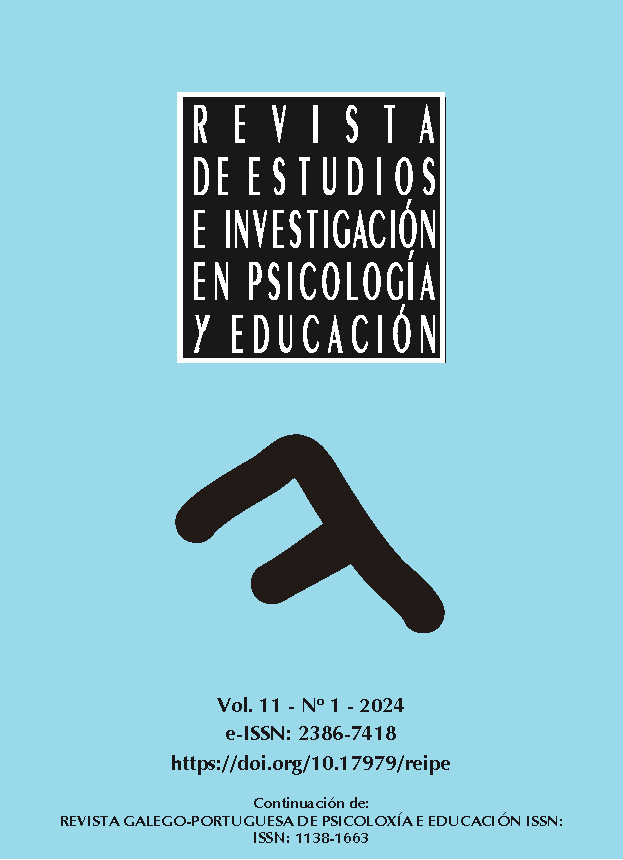Un análisis de clases latentes de múltiples conductas de riesgo para la salud entre estudiantes universitarios portugueses
##plugins.themes.bootstrap3.article.main##
Resumen
Tradicionalmente, la prevalencia de comportamientos de riesgo para la salud entre estudiantes universitarios es elevada. Aunque estos comportamientos suelen analizarse de forma aislada, es probable que coexistan múltiples comportamientos de riesgo. En este estudio, se llevó a cabo un análisis de clases latentes con datos transversales de 840 estudiantes portugueses (55.4% mujeres) para explorar los patrones de múltiples conductas de riesgo en siete dimensiones conductuales (consumo de alcohol, tabaquismo, alimentación poco saludable, sedentarismo, prácticas sexuales de riesgo, drogas ilícitas y prácticas de automedicación). Además, se llevó a cabo una regresión de clases latentes para explorar los predictores (bienestar percibido y características sociodemográficas y académicas) de cada patrón conductual. Surgió un modelo de tres clases con diferentes probabilidades de riesgo: conductas de bajo riesgo (51.4%), de riesgo moderado (14.9%) y de alto riesgo (33,7%). Los/as estudiantes con mejor percepción del bienestar y la salud tenían más probabilidades de pertenecer a la clase más saludable. Los/as de las clases de riesgo bajo y moderado tenían más probabilidades de estar en su primer año, no tener una relación sentimental y estudiar a tiempo completo. Quienes no habían cambiado de domicilio en el momento de acceder a la enseñanza superior y las mujeres tenían más probabilidades de pertenecer a la clase más sana. Este estudio presenta estrategias esenciales para la promoción de la salud entre universitarios/as, aportando conocimientos cruciales para diseñar intervenciones eficaces de promoción de la salud, especialmente para dirigirse a grupos específicos de estudiantes con patrones similares de conductas de riesgo múltiple.
Descargas
##plugins.themes.bootstrap3.article.details##

Esta obra está bajo una licencia internacional Creative Commons Atribución-CompartirIgual 4.0.
Los trabajos publicados en esta revista están bajo una licencia Creative Commons Reconocimiento-CompartirIgual 4.0 Internacional.
Los/as autores/as son los titulares de los derechos de explotación (copyright) de su trabajo, pero ceden el derecho de la primera publicación a la Revista de Estudios e Investigación en Psicología y Educación, la cual podrá publicar en cualquier lengua y soporte, divulgar y distribuir su contenido total o parcial por todos los medios tecnológicamente disponibles y a través de repositorios.
Se permite y anima a los/as autores/as a difundir los artículos aceptados para su publicación en los sitios web personales o institucionales, antes y después de su publicación, siempre que se indique claramente que el trabajo está en esta revista y se proporcionen los datos bibliográficos completos junto con el acceso al documento, preferiblemente mediante el DOI (en caso de que sea imprescindible utilizar un pdf, debe emplearse la versión final maquetada por la Revista). En el caso de artículos que provengan de estudios o proyectos financiados, esto se hará en los plazos y términos establecidos por la entidad o entidades financiadoras de la investigación publicada.



